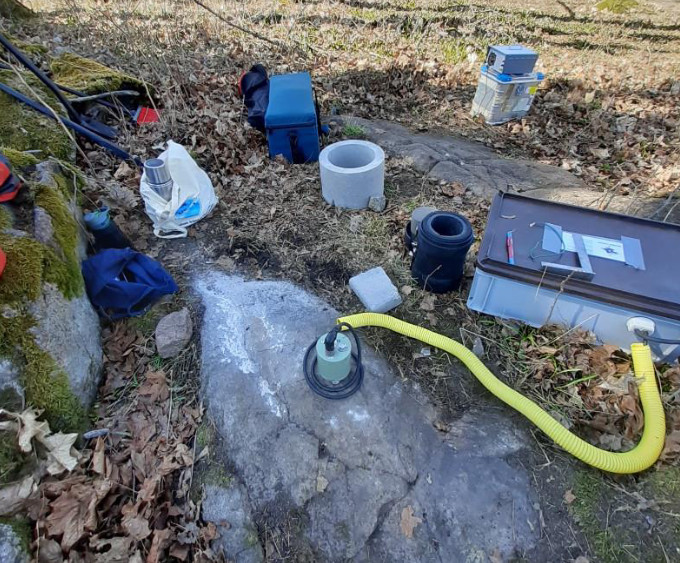Helsinki Day is celebrated again on 12 June 2024 to celebrate the City of Helsinki’s birthday. Seismological observation in the City of Helsinki started a century earlier when Mainka seismographs ordered from Göttingen in Germany and received from the Finnish Science Society started their operations at the premises of the University of Helsinki Department of Physics at Siltavuorenpenger.
In seismological observations, the trend was for a long time from cities towards more trouble-free environments. It is usually easier to detect natural seismicity in Röykkä, Nurmijärvi, where seismic observation started in 1958 and continues. In Helsinki, observation ended. However, the seismic sources originating from human activities are growing in the urban environment, which interests both the city and the Institute of Seismology. Thus, in early 2019, the city approached the Institute in an effort to re-establish seismic observation stations in its area. The agreement to establish three seismic stations and a special HelsinkiNet observation network was signed in August of the same year.
After the purchase of seismic devices, the Institute of Seismology began the search for suitable station locations as soon as autumn 2019. Based on favorable observation geometry and low seismic noise, the locations were selected as the western coast of Lauttasaari, Kuninkaantammi and Kallahdenniemi. The stations are equipped with Canadian Nanometrics Centaur digitizers and Trillium Compact sensors. It is not only the direct connection of the sensor to the bedrock, but also the continuous data communication link to the Institute of Seismology with the router that is important for the most uninterrupted operation. Stations also had to be able to be placed in places protected from weather fluctuations and vandalism, either in existing buildings or in equipment shelters built for the purpose.
HelsinkiNet’s three stations KUNI, LAUT and VUOS started operating in the first half of 2020. At the same time, in western Helsinki and Espoo, a temporary seismic research network was continued, which had been established specifically for the supervision of the Espoo deep geothermal drillhole project of St1 Inc. From the stations of that network, the Seurasaari station HEL1 became part of HelsinkiNet at the beginning of 2024. In addition, in May 2021, HelsinkiNet grew with the RSUO station, intended for the supervision of the Ruskeasuo geothermal heat plant project of Helen Inc. The network now includes five seismic stations, the data of which is utilized in the Institute’s daily analysis. All the HelsinkiNet stations are part of the Institute’s national seismic station network.

Test measurements in the city’s winter garden did not eventually lead to the establishment of a station in the area.
Most of the observations of HelsinkiNet stations have been explosions of quarries and construction sites. Every year of the network’s operations there have also been natural or human-induced earthquakes. The increasing use of geothermal heat production with the help of shallow and medium-deep heat wells is linked to the carbon neutrality target set by the City of Helsinki in 2035 and emphasizes the importance of the station network due to the seismic risk associated with the heat production. At times, even distant events have been discovered in data, such as the Taiwan earthquake on 3 April 2024.
Under the agreement between the Institute of Seismology and the City of Helsinki, the Institute publishes a public report on the activities and observations of HelsinkiNet annually. The report is mainly in Finnish. All reports can be read in the Helda publication archive and the latest of them can be found here.
Toni Veikkolainen, seismologist
